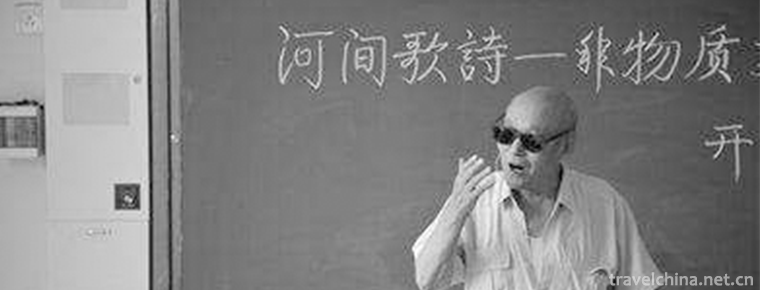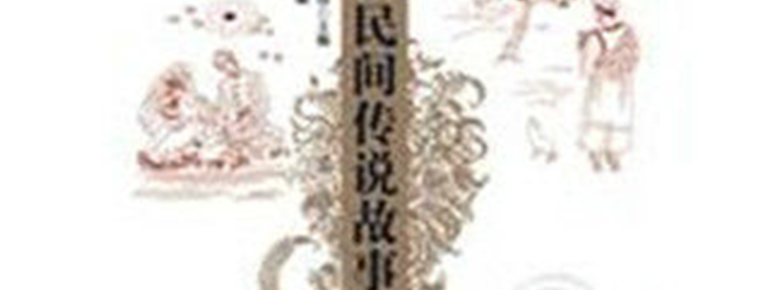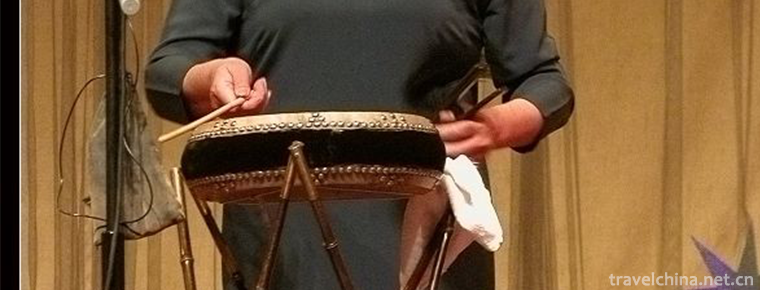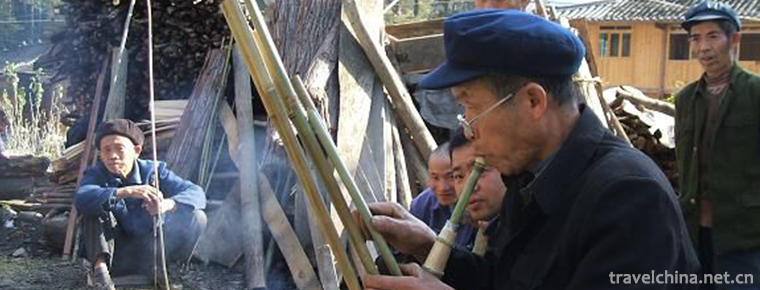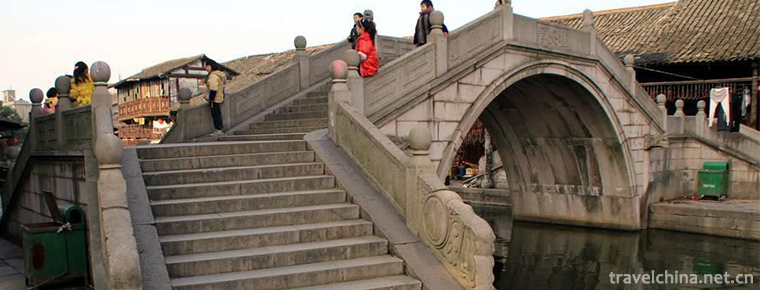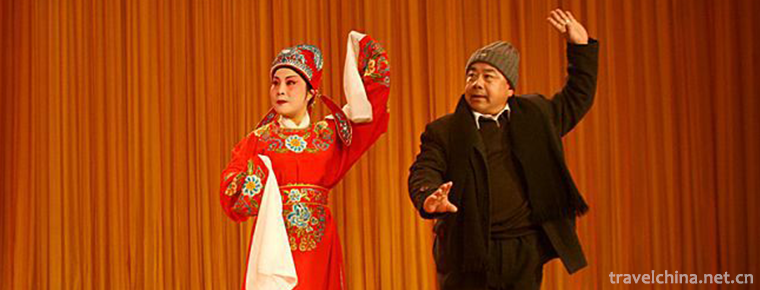Tang Sancai Techniques
Tang Sancai Techniques
Tang Sancai firing technology, the traditional handicraft of Luoyang City, Henan Province, is one of the national intangible cultural heritage.
Tang tri coloured firing technique originated from the early Tang Dynasty. The tri coloured glazed pottery of Tang Dynasty, as the essence of traditional Chinese art in the Tang Dynasty, has a history of more than 1000 years. Tang Dynasty reached its heyday. After Tang Tianbao, the number of production gradually decreased. In Song Dynasty, the three colors of Tang Dynasty basically disappeared. After New China, they developed again.
On June 7, 2008, Tang Sancai firing technology was approved by the State Council and listed in the second batch of national intangible cultural heritage list. Item number_-94.
historical origin
Tang Sancai was born in Gaozong period of Tang Dynasty more than 1300 years ago. Chinese pottery has a long history. As early as Yangshao culture and Longshan culture, there were exquisite colored pottery. By the Han Dynasty, it had been able to make monochrome glazed pottery with dark green and light green colors. During the Gaozong period of the early Tang Dynasty, with the development of social economy, new breakthroughs were made in the process of colored pottery, which could be used in a variety of glazes at the same time. On this basis, three colors of the Tang Dynasty were produced. In the Tang Dynasty, the three colors of the Tang Dynasty were mainly used for burial and interior decoration, and the living utensils were rare, which was directly related to the funeral custom at that time. The Tang Dynasty had a strong national strength, developed economy, the ruling class was extremely luxurious and had a strong funeral style. For this reason, people buried with Tang Tri-colors in large quantities and showed off each other, which objectively contributed to the development and growth of Tang Tri-colors.
In the early Tang Dynasty, the production technology of Tang tri-colour was relatively simple, and the variety was less. Most of the tri-colour paintings were painted after glaze hanging. The flourishing Tang Dynasty is also the flourishing period of the three colors of the Tang Dynasty, which is rich in varieties and exquisite in production. After the Emperor Xuanzong of Tang Dynasty, the production of Tang Sancai gradually decreased. After the Anshi Rebellion, the production of Tang Sancai declined further. By the Song Dynasty, there were very few production, only a few small workshops were still burned, and then gradually drowned in history. When the Longhai Railway was built in Guangxu Period of Qing Dynasty, a part of Tang Sancai was unearthed and transported to Beijing, which immediately caused a sensation. In order to distinguish the single-color pottery from the two-color pottery before the Tang Dynasty, the three-color pottery of the Tang Dynasty was named after the appraisal. Since then, the three-color pottery of the Tang Dynasty has become the symbol of the flourishing Tang Dynasty and ranked among the treasures of Chinese art.
After the founding of New China, the Party and the government attach great importance to the inheritance and development of national heritage. After years of research, the quality of imitation has been greatly improved. They have won many national awards and have been presented as national gifts to more than 60 heads of state and government. They have made important contributions to the promotion of cultural exchanges and friendship between China and other countries in the world.
Technological characteristics
modelling
From the specific shape of the Tang Tri-color, there are three kinds of common shapes: figure shape, animal shape and utensil shape. In terms of character modeling, if the characters are classified according to their different identities and ranks, there are girls, ladies, civil servants, warriors, maids and other characters. As far as the maid's shape is concerned, the characters'expressions vary greatly. For example, a maid's body is fat and thin, standing and sitting, and her posture is different from dressing, playing and dancing; as far as her expression is concerned, she has a mood of joy, anger, sadness and sorrow; in general, her attitude is modest and humble, because they serve the life and entertainment of the host.
From the shape of the three-color figurines in Tang Dynasty, they are generally thick glaze, plump cheeks and plump body, and plump and beautiful has become the symbol of a generation of beautiful women. Therefore, the three-colored figurines are all portrayed as "fat figurines with abundant cheeks". In the flourishing period of the Tang Dynasty, a more open and open policy was adopted, which was also reflected in women's life. For example, some women prefer military clothing, some men's clothing and some beard clothing. Although they have different hobbies, they all like beautiful and gorgeous clothes.
From the animal modelling of Tang Sancai, horses and camels are in the majority, and horses are one of the objects that artists are more familiar with and successful in shaping. It is characterized by thin head and round buttocks, fat and strong body, clear bones and flesh, smooth lines. Or drink neck long whistle, or bow to gnaw grass, or run hoofs, or gallop the frontier, among which the strong and vigorous, vigorous dragon-like horse is particularly outstanding, can be said to be a treasure of the Tang Dynasty. Looking at the shape of the camel is also very rich, generally for the high-headed, heavy-duty appearance. Some packed bands, some full of silk, all have their own attitudes. They are important means of transportation to the Western Regions.
Tang tri-color utensils also have high quality requirements, such as bowls, plates, bottles, pots, each exquisite, crystal and lovely.
color
The beauty of the three colors in Tang Dynasty is very important. Tri-color glazed pottery is characterized by high performance of low-temperature lead glaze, using yellow, green, white, brown, blue and other multi-color lead glaze to make complex and gorgeous decoration.
Because of the great fluidity of the three-color glaze in Tang Dynasty, the different color glaze is in a state of mixing and blending with each other. Jade stone produces a magnificent and strange phenomenon of "different color, vertical and horizontal, wonderful light and brilliant". This phenomenon of multi-color glaze mixing is exactly the mystery of the three-color glaze in Tang Dynasty. It is one color in the kiln and thousands out of kilns that transforms the kiln into a natural painting. Noodles.
decorate
As far as its decorative beauty is concerned, there are several kinds, one is pattern and ribbon decoration. The glaze juice of different colors is painted with a pen to form a color diagonal line. The diagonal lines formed by crossing form a network diamond, square and triangular pattern, or are divided into several parts on the outer wall of the utensils to form different patterns, some of which are vertical lines, some of which are parallel lines, forming an overall orderly, harmonious and beautiful pattern. And the ribbon decoration, is to use various glaze colors on the objects painted into strips, after high temperature to form strips of top-down ribbon. Because of the convex and concave surface of the objects and the light, heavy, thick and light glaze, the ribbons infiltrate and flow mutually. They flow from top to bottom into a mottled and incisive ribbon, forming an unpredictable and natural vertical stripe, which is gorgeous and incomparable.
One is tire stirring process decoration. Stirred tires are also called striated tires. This is a process with high skill requirement. Specifically, the clay of different colors, such as white and brown, is selected first, and then two different colors of clay are stirred together regularly. Then the clay is cut into thin slices, laminated layer by layer and mud blocks, and formed by drawing blanks with a die and then baked in a kiln.
The other is the comprehensive decoration of various crafts. That is to say, on the same object, the combination of stamping, kneading, decals (engraving, printing, scratching) and other techniques to form a colorful tricolor art.
Technological process
The production technology of Tang Sancai is very complicated. Firstly, the mined ore should be selected, rammed, washed, precipitated and dried, and then fired in a complete kiln with a mould. The firing method of Tang Sancai is the second firing method, which passes through 1000-1100 in the kiln. C is burned in vegetable, cooled, and then painted on the tire in various glaze kilns for glaze firing. The firing temperature is 850-950. C. On glaze color, various oxidized metals are used as chromogenic agents, which show various colors after calcination. After the glaze is burned out, some people need to open their faces again. The so-called "open face" is that the antique products on the head of the people are not glazed. It passes through thrushes, lipsticks and hair paintings. Such a process, and then this Tang Sancai product is completed.
Inheritance and Protection
Inheritance value
Tang Sancai Hu people, music and dance, acrobatic figurines show the diversity and richness of life in Tang Dynasty from another aspect, which can be described as various and colorful, and reproduces the situation of friendly coexistence between the Central Plains and the people of frontier nationalities and frequent exchanges between China and foreign countries in the prosperous period of Tang Dynasty.
Heritage figures
Gao Shuiwang, male, Han nationality, born in 1958, is a native of Nanshishan Village, Chaoyang Town, Mengjin County, Henan Province. In June 2009, Gao Shuiwang was selected as the representative successor of the third batch of state-level intangible cultural heritage projects and declared in Luoyang City, Henan Province.
protective measures
In 2008, Tang Sancai traditional firing techniques were successfully selected into the list of China's intangible cultural heritage, and Gao Shuiwang, a master of Tang Sancai arts and crafts in Nanshishan Village, became its representative inheritor. Nanshishan Village has 72 production enterprises of Tang tri-color, with nearly 1,000 employees. It produces nearly one million pieces of various Tang tri-color crafts annually, forming three categories of new crafts, antique crafts and murals, and more than 3,000 kinds of products.
On April 19, 2011, Gao Shuiwang set up the Tang Sancai Research Institute and the Tang Sancai Digital Museum. He actively applied for the establishment of the Tang Sancai Industrial Park and the Tang Sancai Museum, which set up a platform for the traditional culture of China. While inheriting and developing the traditional culture, he allowed everyone to have a deeper understanding of the Tang Sancai and make it carry forward. Big, reshape brilliance.
social influence
Important Exhibitions
In March 22, 2016, the Shaanxi Museum of history and the Luoyang Museum held the opening ceremony of the Tang Dynasty two Beijing tricolour essence exhibition, the opening ceremony of the Shaanxi Museum of history.
In December 2017, the "Luoyang Tang Tri-color Art Exhibition" was held in the Library of Lublin City by the cooperation of Lublin Province of Poland and Henan Provincial Bureau of Cultural Relics. The Tang Tri-color firing techniques were displayed in the exhibition.

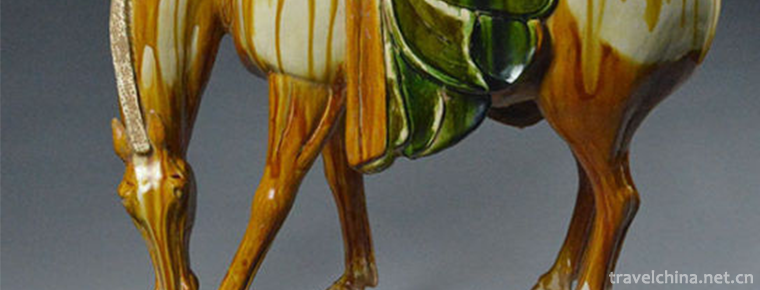
-
Qibugou Scenic Area
Qibugou Scenic Area is located in Wu'an Huoshui Township, Handan City, Hebei Province. Wu'an National Geological Park and the hinterland of the National Forest Park, Hebei Province.
Views: 173 Time 2018-12-17 -
Nanchong Xishan Scenic Area
Nanchong Xishan Scenic Spot, located in the west of Shunqing City, is a provincial scenic spot and a national 4A-level tourist attraction. It is the destination of "Three Kingdoms Cultural Explor.
Views: 204 Time 2019-02-25 -
Hejian song poem
Hejian Song and Poetry, Hejian City, Hebei Province, local traditional folk literature, one of the national intangible cultural heritage..
Views: 108 Time 2019-05-02 -
Hu Qingyutangs Traditional Chinese Medicine Culture
Hu Qingyutang's traditional Chinese medicine culture is one of the national intangible cultural heritages and the traditional trade customs preserved by Hu Qingyutang..
Views: 142 Time 2019-05-03 -
Hui Folk Stories
Hui Folklore Stories is a book published by Ningxia People's Publishing House in 2009 by Li Shujiang and Wang Zhengwei..
Views: 356 Time 2019-05-04 -
Story telling in Beijing dialect with drum accompaniment
Jingyun Dagu is one of the Chinese folk songs. Developed from the popular wooden drum in Cangzhou and Hejian of Hebei Province, it was formed in Beijing and Tianjin. After the introduction of Hebei wo.
Views: 187 Time 2019-05-07 -
Miao Lusheng Production Techniques
Miao Lusheng production process is complex, generally using scraping, cutting, through, hammering, clamping, drilling and other related tools, through the selection of materials, baking materials, mak.
Views: 153 Time 2019-06-05 -
Construction Techniques of Stone Bridge
Shaoxing's ancient bridge construction techniques can be traced back to the Spring and Autumn Period and the Warring States Period. To the Han Dynasty, the stone arch bridge construction techniques be.
Views: 216 Time 2019-06-15 -
Yihuang Opera
Yihuang Opera, formerly known as Yihuang Ban and Yihuang Diao, is one of the national intangible cultural heritage in Yihuang, Nancheng, Nanfeng and Guangchang counties of Jiangxi Province, as well as.
Views: 334 Time 2019-07-12 -
Anhui Polytechnic University
Anhui Engineering University is a provincial multi-disciplinary higher education institution and a key construction institution in Anhui province. It is the first pilot institution of comprehensive re.
Views: 133 Time 2019-10-10 -
China University of Mining and Technology
China University of Mining and Technology (China University of Mining and Technology), referred to as China Mining University, is located in Jiangsu province. Xuzhou City Yes.
Views: 166 Time 2019-12-19 -
Famous people in Mianyang
Wenqi, Emperor chengdi of Han Dynasty, Guangwu people, Ziqi, Zhenyuan General of the Eastern Han Dynasty..
Views: 329 Time 2020-12-14


